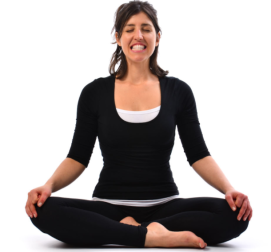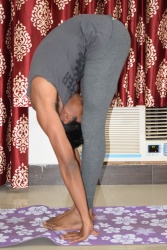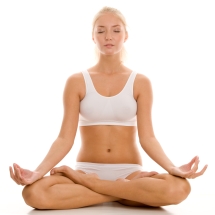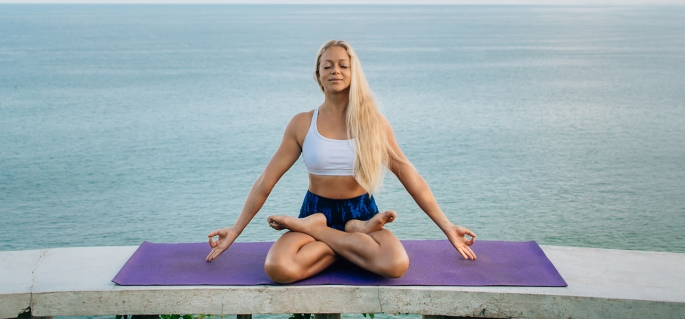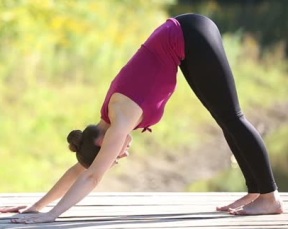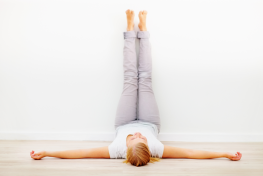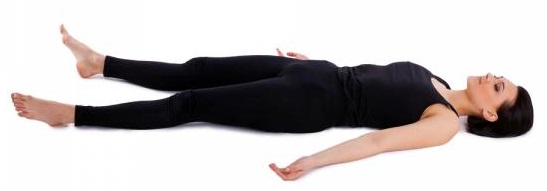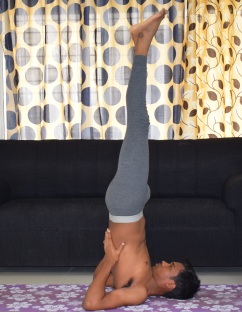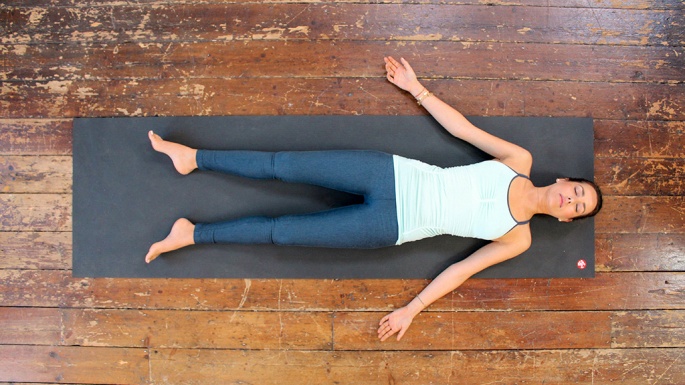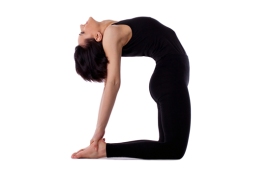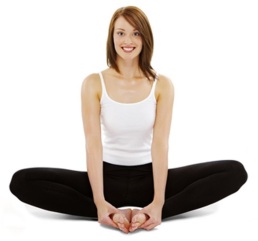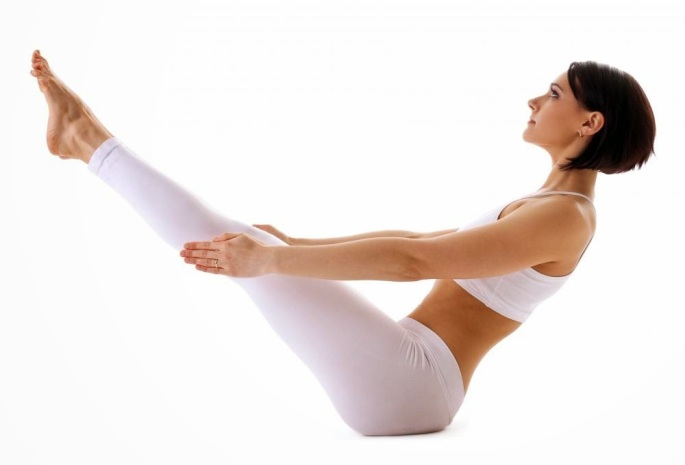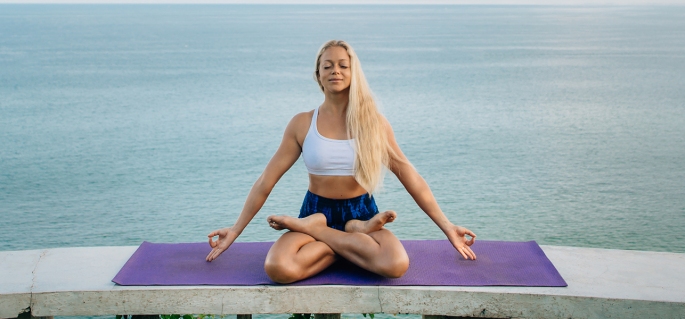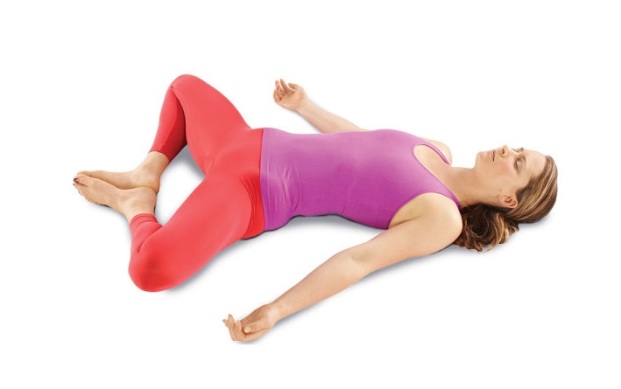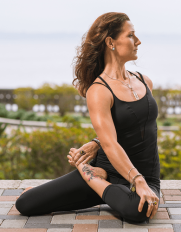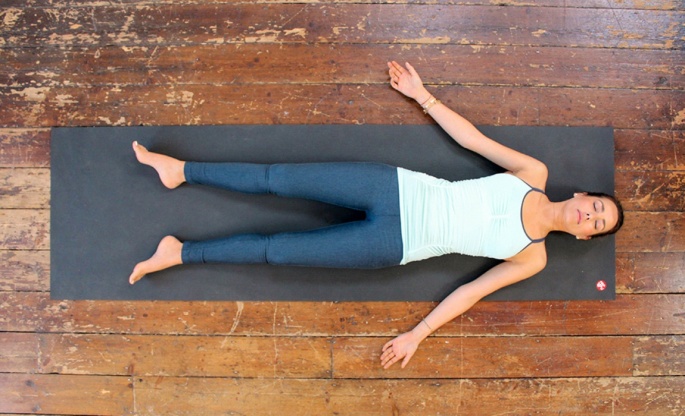In Sanskrit, ‘Chakra’ means ‘wheel’ or ‘circle’. Chakras are wheels of pranic energy at specific areas in the body which controls the circulation of prana permeating the entire human structure. Chakras are beyond human perception because they belong to the Sukhsma sharira or subtle body.
The chakras are both real and symbolic. They represent the centres of subtle energies or prana within the pranic body in which each chakra is associated with pranic energy at specific frequency levels and subtlety. They also represent the progressively higher state of awareness. The chakras symbolize varying levels of awareness in man from the more instinctive realms associated with the Muladhara chakra to the more intuitive realms associated with Ajna chakra.
So, each chakra has two defining characteristics, i.e. prana and consciousness or awareness. Physical and mental stimulation of these psychic centres (chakras) rouses to the psychic potential in man and provides him with an insight into his own reality which is the aim of the yoga practices.
There are seven chakras in the human body and these chakras lie at the points of intersection of the three main nadis i.e. Ida, Pingala and Sushumna. The seven chakras are the Muladhara, the Swadhisthana, the Manipura, the Anahata, the Vishuddha, the Ajna, and the Sahasrara chakra.
When you practice yoga and mudras, the chakras get balanced and brings physical and mental stability in your life. Let us understand how the chakras operate and what are their effects on the human body.
- Muladhara Chakra (The Root Chakra)
 Muladhara chakra or the Root chakra means the support for other chakras. It is associated with the reproductive glands. It is located at the base of the spine and the seat of kundalini shakti. Its colour is red and is symbolised as a lotus flower which has four petals. It is the centre of the physical energy, grounding and self-preservation. Th element of this chakra is earth. The root chakra governs the back, feet, hips, ovaries, vagina, spine, and legs. It is responsible for the fight and its response when the survival is under threat.
Muladhara chakra or the Root chakra means the support for other chakras. It is associated with the reproductive glands. It is located at the base of the spine and the seat of kundalini shakti. Its colour is red and is symbolised as a lotus flower which has four petals. It is the centre of the physical energy, grounding and self-preservation. Th element of this chakra is earth. The root chakra governs the back, feet, hips, ovaries, vagina, spine, and legs. It is responsible for the fight and its response when the survival is under threat.
- Svadhisthana Chakra (The Sacral Chakra)
 Svadhisthana chakra, also known as the Sacral chakra, or the spleen chakra, is located just below the navel near the abdomen. It is a seat of shakti and is represented as an orange coloured lotus flower which has six petals. The element of this chakra is water. If the Sacral chakra is working well, one will feel confident and emotionally balanced. If this chakra is overactive, one tends to be emotional all the time. It governs the reproductive organs, bladder, bowel, and lower intestine. Cleansing of this chakra is possible by getting rid of low self-esteem, fear and desires.
Svadhisthana chakra, also known as the Sacral chakra, or the spleen chakra, is located just below the navel near the abdomen. It is a seat of shakti and is represented as an orange coloured lotus flower which has six petals. The element of this chakra is water. If the Sacral chakra is working well, one will feel confident and emotionally balanced. If this chakra is overactive, one tends to be emotional all the time. It governs the reproductive organs, bladder, bowel, and lower intestine. Cleansing of this chakra is possible by getting rid of low self-esteem, fear and desires.
- Manipura Chakra (The Solar Plexus)
 In Sanskrit Mani means jewel and pura mean place. Manipura chakra has been so named because of its radiant lustre which makes it look like a jewel. This chakra is a centre of dynamism, dominance, and self-assertion which is represented by a yellow coloured lotus flower which has ten petals with an inverted triangle representing fire. It governs the spleen, stomach, upper intestines, upper back and upper spine. This chakra symbolises peace. When the consciousness rises above this chakra, one is said to get free from stress and tension.
In Sanskrit Mani means jewel and pura mean place. Manipura chakra has been so named because of its radiant lustre which makes it look like a jewel. This chakra is a centre of dynamism, dominance, and self-assertion which is represented by a yellow coloured lotus flower which has ten petals with an inverted triangle representing fire. It governs the spleen, stomach, upper intestines, upper back and upper spine. This chakra symbolises peace. When the consciousness rises above this chakra, one is said to get free from stress and tension.
- Anahata Chakra (The Heart Chakra)
 In Sanskrit Anahata means unstruck. This chakra is said to be located in the centre of the heart where the unstruck vibration of the eternal nada or sound can be sensed. It is represented by a green coloured lotus flower of twelve petals located in the centre of the chest. It is the seat of emotions and feelings, of unconditional love, compassion, selflessness, and devotion. One’s real self which is always pure and stable is said to reside here. Love manifests in the heart giving rise to the feelings of universal brotherhood and tolerance. The Anahata chakra bestows on one sense of responsibility, total security, confidence, and chastity. Biologically, this chakra is related to the heart, blood, lungs and the circulatory system and the immune and endocrine systems. The imbalanced working of Anahata chakra leads to love related problems. The imbalance creates agitation in the thymus glands, the endocrine gland that is associated with this chakra. Asthma and disorders of the heart are believed to result if the chakra is underactive. If the chakra is overactive, one tends to suffocate another with love- a selfish kind of love.
In Sanskrit Anahata means unstruck. This chakra is said to be located in the centre of the heart where the unstruck vibration of the eternal nada or sound can be sensed. It is represented by a green coloured lotus flower of twelve petals located in the centre of the chest. It is the seat of emotions and feelings, of unconditional love, compassion, selflessness, and devotion. One’s real self which is always pure and stable is said to reside here. Love manifests in the heart giving rise to the feelings of universal brotherhood and tolerance. The Anahata chakra bestows on one sense of responsibility, total security, confidence, and chastity. Biologically, this chakra is related to the heart, blood, lungs and the circulatory system and the immune and endocrine systems. The imbalanced working of Anahata chakra leads to love related problems. The imbalance creates agitation in the thymus glands, the endocrine gland that is associated with this chakra. Asthma and disorders of the heart are believed to result if the chakra is underactive. If the chakra is overactive, one tends to suffocate another with love- a selfish kind of love.
- Vishuddha Chakra (The Throat Chakra)
 The Sanskrit word Shuddha means ‘Pure’ and Vi is used as a prefix to enhance the quality. The centre of pure consciousness and creativity, the Vishuddha chakra is symbolised by a sky-blue lotus with 16 petals. When the consciousness dwells in this chakra, one develops right understanding and discrimination, and as a result, does not experience dualities in life. One accepts everything, both the good and the bad and is able to have pure relationships with others but with detachment. On the physical level, this chakra is associated with the thyroid gland and the lungs. It controls metabolism and the activity of the vocal chords, the pharynx and the oesophagus. It influences the way we express ourselves. If the chakra is underactive, one suffers from cold, cough, thyroid problems and lack of communication skills. If it is overactive, one becomes extra talkative and boastful. One should practice meditation, Bhramari pranayama and yoga asanas like Bhujangasana to maintain balance in this chakra.
The Sanskrit word Shuddha means ‘Pure’ and Vi is used as a prefix to enhance the quality. The centre of pure consciousness and creativity, the Vishuddha chakra is symbolised by a sky-blue lotus with 16 petals. When the consciousness dwells in this chakra, one develops right understanding and discrimination, and as a result, does not experience dualities in life. One accepts everything, both the good and the bad and is able to have pure relationships with others but with detachment. On the physical level, this chakra is associated with the thyroid gland and the lungs. It controls metabolism and the activity of the vocal chords, the pharynx and the oesophagus. It influences the way we express ourselves. If the chakra is underactive, one suffers from cold, cough, thyroid problems and lack of communication skills. If it is overactive, one becomes extra talkative and boastful. One should practice meditation, Bhramari pranayama and yoga asanas like Bhujangasana to maintain balance in this chakra.
- Ajna Chakra (The Brow Chakra)
 This highly important chakra is known by various names; as the third eye or jnanachakshu – the eye of wisdom; as Triveni or the confluence of three rivers; as the guru chakra; and, the eye of Shiva. The word Ajna means ‘command’ in Sanskrit. An advanced student who is in deep meditation will receive commands or guidance from his guru and from the divine self. This Chakra is denoted by a lotus flower which has two petals. It is a gate which opens the way for our consciousness to ascend to its final destination, which is the seventh centre. On the physical level, Ajna is apparently related to the pituitary gland and the small brain which secretes hormones to communicate to the rest of the endocrine system and also connects to the central nervous system via the hypothalamus. The hypophysis has a vital role in the physical basis of consciousness.
This highly important chakra is known by various names; as the third eye or jnanachakshu – the eye of wisdom; as Triveni or the confluence of three rivers; as the guru chakra; and, the eye of Shiva. The word Ajna means ‘command’ in Sanskrit. An advanced student who is in deep meditation will receive commands or guidance from his guru and from the divine self. This Chakra is denoted by a lotus flower which has two petals. It is a gate which opens the way for our consciousness to ascend to its final destination, which is the seventh centre. On the physical level, Ajna is apparently related to the pituitary gland and the small brain which secretes hormones to communicate to the rest of the endocrine system and also connects to the central nervous system via the hypothalamus. The hypophysis has a vital role in the physical basis of consciousness.
It is the seat of wisdom and intuition. If it is underactive, one will experience negative thoughts, fatigue and incur more of the bad karmas. If this chakra is overactive, one ends up living in a world of fantasy and may even suffer from hallucinations. This chakra can be opened by contemplation on the divine, pranayama and Guru’s Grace.
- Sahasrara Chakra (The Crown Chakra)
 The most sacred chakra of all is Sahasrara Chakra meaning “one thousand”. It has been named so at is depicted by a brilliant violent coloured lotus flower comprising a thousand petals. It is the centre at which Self-realization happens. When the kundalini is awakened, it ascends up to the Sahasrara chakra through the various chakras. At the Sahasrara Chakra, the kundalini merges with its source and attains supreme bliss. This chakra is related to the pineal gland, a sensitive gland producing the hormone melatonin which regulates sleep and wakefulness. When it functions properly, one’s thinking power and intelligence improve. The gland is large in childhood but shrinks by puberty. The Ajna chakra helps in giving one the direct perception of the ultimate reality through the central nervous system. Sahasrara chakra is an integration of all the qualities of other chakras. It can be activated only by the Divine Grace.
The most sacred chakra of all is Sahasrara Chakra meaning “one thousand”. It has been named so at is depicted by a brilliant violent coloured lotus flower comprising a thousand petals. It is the centre at which Self-realization happens. When the kundalini is awakened, it ascends up to the Sahasrara chakra through the various chakras. At the Sahasrara Chakra, the kundalini merges with its source and attains supreme bliss. This chakra is related to the pineal gland, a sensitive gland producing the hormone melatonin which regulates sleep and wakefulness. When it functions properly, one’s thinking power and intelligence improve. The gland is large in childhood but shrinks by puberty. The Ajna chakra helps in giving one the direct perception of the ultimate reality through the central nervous system. Sahasrara chakra is an integration of all the qualities of other chakras. It can be activated only by the Divine Grace.







